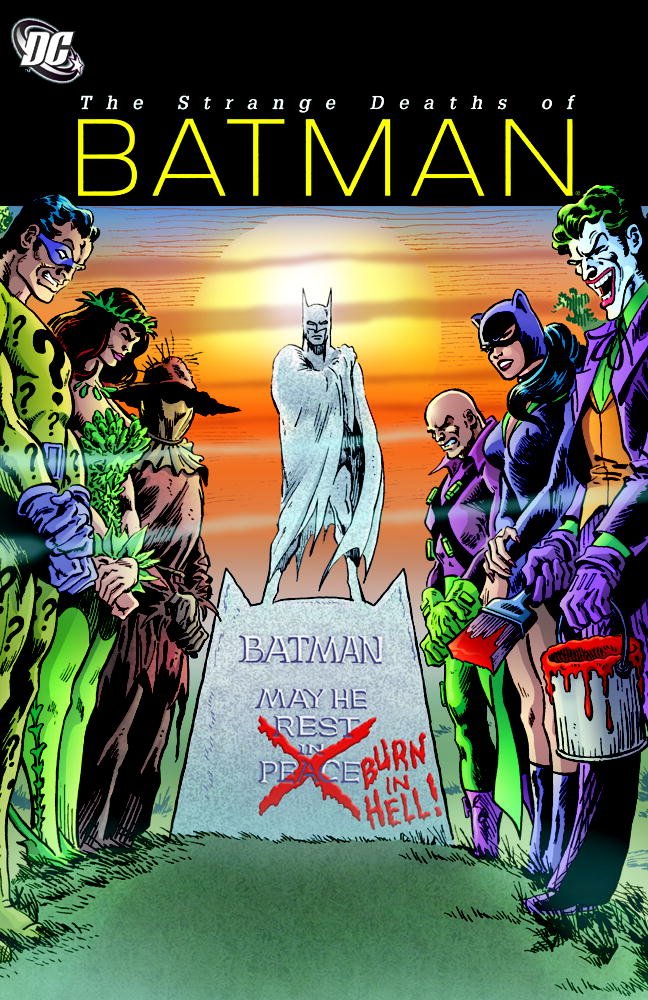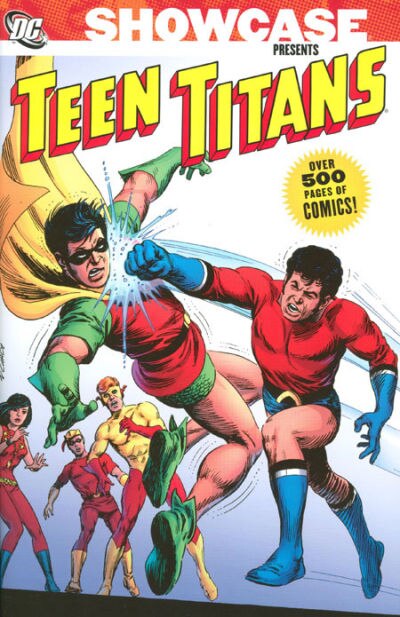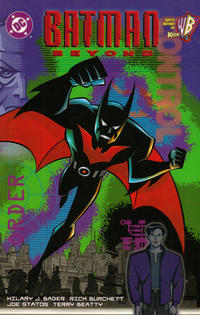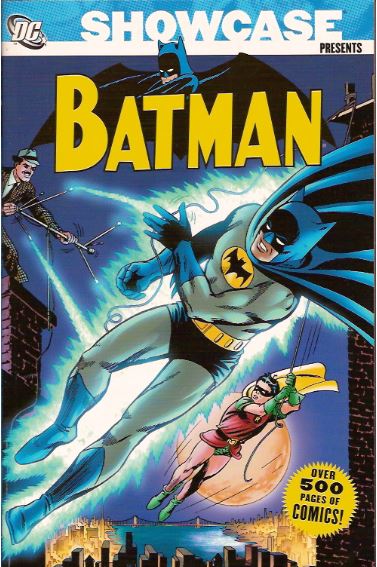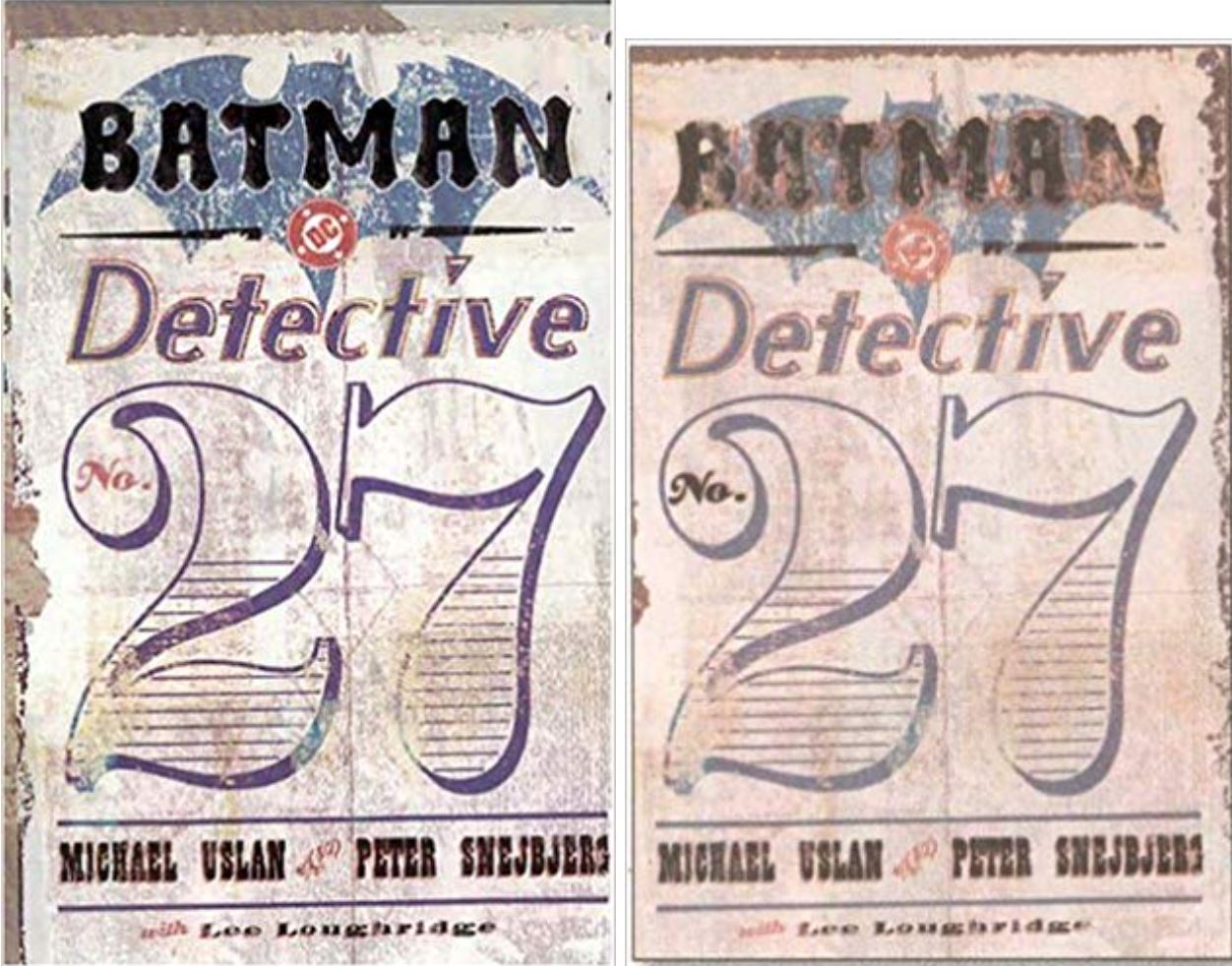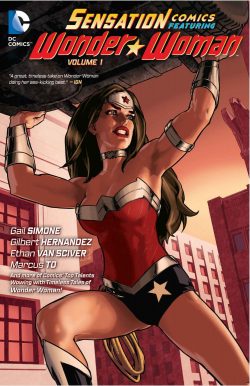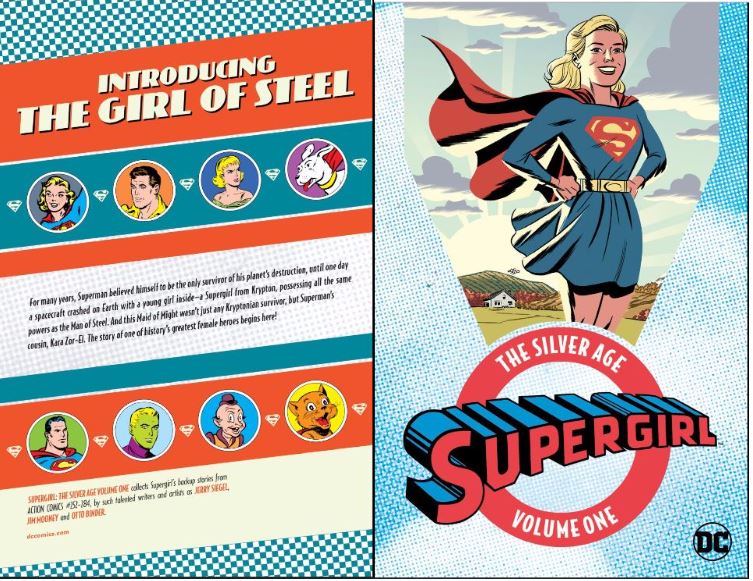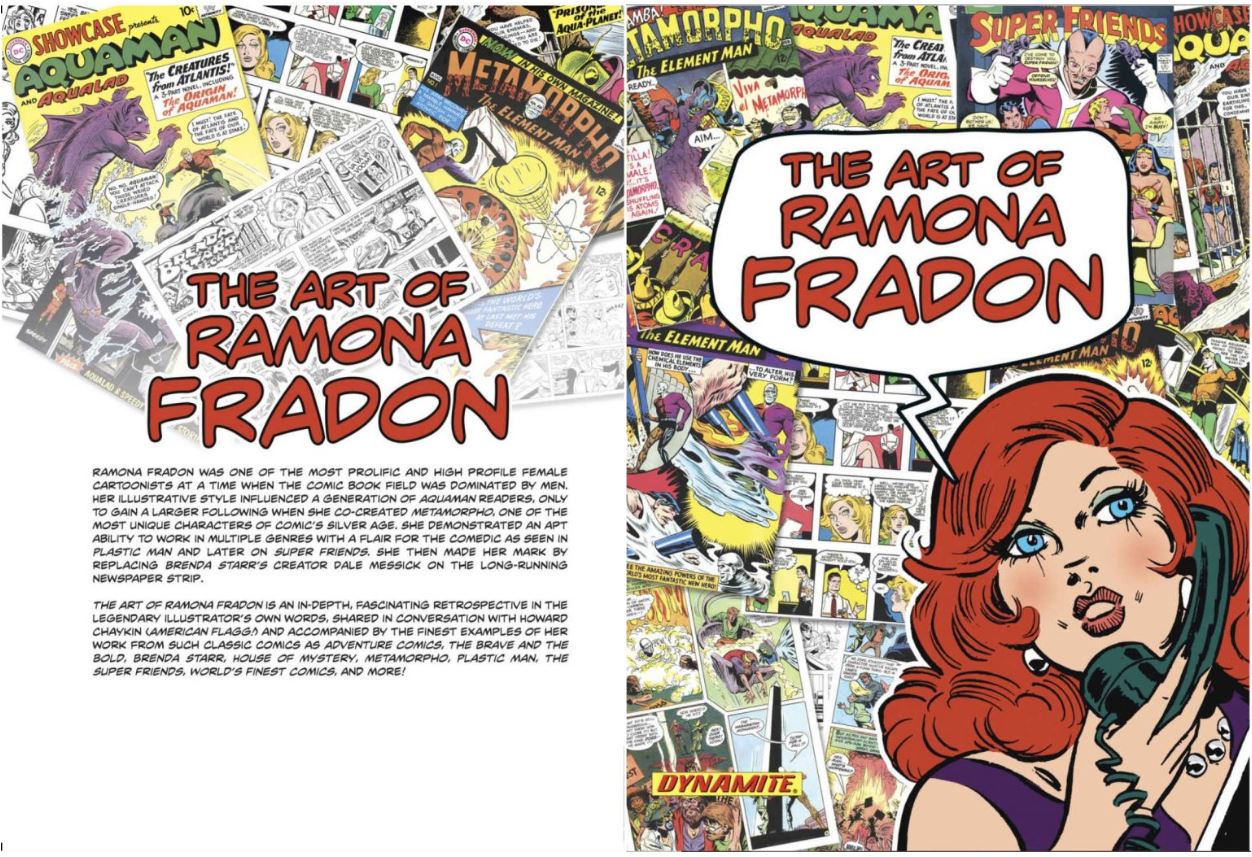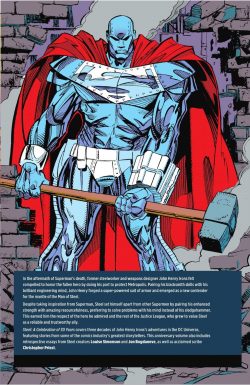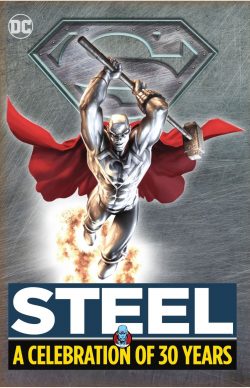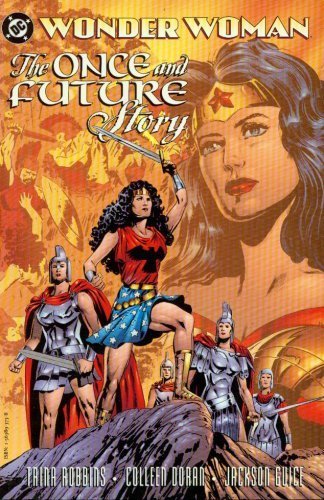
By Trina Robbins, Colleen Doran, Jackson Guice & various (DC Comics)
ISBN: 978-1-56389-373-5 (TPB)
Pioneering cartoonist, feminist, editor, author, activist, historian, seamstress/fashion designer and comics chronicler Trina Robbins died yesterday.
Born in Brooklyn on August 17th 1938, Trina Perlson was a daughter of Russian Jewish immigrants. Her father was a tailor, her mother a school teacher and their child was obsessed from the get-go with comics and strips. Little Trina first found favour with Brenda Starr, Patsy Walker, Millie the Model and especially Katy Keene: early influences which winningly resurfaced in later life to become a major part of her cartoon output in many titles and even as “fashion cut-out” comics series such as California Girls.
When her mother eventually urged Trina to move on from kids’ stuff, the creative dynamo transferred all that passion and energy to science fiction fandom, becoming an early mover & shaker in fanzines like Habakkuk. In 1962, Trina wed magazine editor Paul Jay Robbins but the marriage ended after four years, in which time she enlisted and quickly quit Queens College. In 1969, whilst running her own boutique, Trina created the original costume for comics star-in-waiting Vampirella for New York publisher Jim Warren, sci fi writer/pundit Forest J. Ackerman & artist Frank Frazetta – although her later comments on what the credited male creators did with it thereafter are not very comfortable or complimentary…
A year later she was living in California when the Counter-Culture emerged and fostered an era of self-published “Underground Commix” and she began her own comics revival: generating cartoons, ads and strips in The East Village Other and Gothic Blimp Works. Moving to San Francisco, Trina worked for periodical Good Times, hung out with Joni Mitchell, The Byrds and The Doors, and dressed Mama Cass, David Crosby, Donovan and other rock stars. She also co-founded the first comic book made exclusively by women – It Ain’t Me Babe Comix. She followed up with mature-reader erotic comic Wet Satin and 20 years helming landmark anthology Wimmen’s Commix whose debut issue heralded her strip ‘Sandy Comes Out’ – the first story in US comics starring an “Out and Proud” lesbian.
Always busy, Trina was seen in a host of titles and was an early crafter of what would become graphic novels like Mama! Dramas. She adapted classic prose tales such as Sax Rohmer’s Dope and Tanith Lee’s The Silver Metal Lover, before in 1984 becoming the first woman to officially draw DC’s Amazing Amazon in The Legend of Wonder Woman (albeit it written by mere male Kurt Busiek).
Passionately devoted to the concept of creative collaboration, over many decades Robbins contributed to countless anthology comics and projects like Strip AIDS U.S.A. (editor/ contributor), All Girl Thrills, Marvel’s Comix Book, Good Girls, Gay Comix, War News, Choices: A Pro-Choice Benefit Comic Anthology for the National Organization for Women, and more, eventually forming her own publishing imprint Angry Isis.
In 1994 she co-founded Friends of Lulu, an advocacy group for female creators and readers dedicated to promoting comics consumption by and for women and girls. Throughout this creative bonanza Trina also sought – via a wealth of compelling non-fiction books – to liberate the lost legion of women who had worked in comics but had subsequently been “disappeared” by history.
These revelatory tomes included Women and the Comics (with Cat Yronwode), A Century of Women Cartoonists, The Great Women Superheroes, Great Women Cartoonists, From Girls to Grrrlz: A History of Women’s Comics from Teens to Zines (with Anne Timmons), Pretty in Ink: North American Women Cartoonists 1896 – 2013, Babes in Arms: Women in Comics During the Second World War, Flapper Queens: Women Cartoonists of the Jazz Age and many more chronicling a more generalised obscuring of women such as Wild Irish Roses: Tales of Brigits, Kathleens, and Warrior Queens, Eternally Bad: Goddesses with Attitude or Tender Murderers: Women Who Kill.
To learn more, I highly recommend Gavin Edwards’ obituary for her in The New York Times (April 11th 2024), her own memoir Last Girl Standing (2017): that glorious wealth of books about comics & strips by women creators, and of course, her remarkable canon of cartoon material, both independently created – like GoGirl! – and for mainstream corporate properties such as Wonder Woman, Marvel’s Barbie, Misty & Girl Comics, Honey West and The Phantom…
Until then though, there’s this wonderful epic that remains inexplicably out of print and digitally unavailable…
Every so often the earnest intention to do some good generates an above-average comics product, such as this stunning one-shot created to raise awareness of domestic violence. A hugely important but constantly ignored topic- and one far too many unfortunate children are cruelly aware of from an early age – it is also one of the oldest “social issues” of comic book history. Superman memorably dealt out rough justice to a “wife-beater” in his very first adventure (Action Comics #1, June 1938) – the actual origin and genesis of our genre. It’s a true shame that we’re still trying to address let alone fix this vile situation…
Less visceral – and far more even-handed regarding such a complex debate than I would have thought possible – The Once and Future Story is a beautiful and subtle tale-within-a-tale from Trina Robbins, as illustrated by Colleen Doran (A Distant Soil, Legion of Super-Heroes, Power Pack, Neil Gaiman’s Chivalry, Sandman, Mangaman, Gone to Amerikay) & Jackson “Butch” Guice (Superman/Action Comics, Supergirl, Micronauts, Indiana Jones and the Temple of Doom, Birds of Prey, Resurrection Man, The Flash, Ruse).
It opens as Wonder Woman is summoned to an archaeological dig in Ireland by a husband-&-wife research team who hope their guest can verify the findings hidden within a 3000-year-old tomb. It seemingly contains the body and burial trappings of a princess from the fabled island of Themyscira…
As Diana translates the scrolls – detailing the story of Princess Artemis of Ephesus, daughter of Queen Alcippe and learning how the maternal monarch was taken as a slave by legendary Greek hero Theseus – she soon realizes the animosity of Dig-boss James Kennealy is perhaps more than professional jealousy, and his wife’s Moira’s defensive attitude and constant apologies may be masking a dark secret.
Artemis’s brutal, painful quest to rescue her mother mirrors Moira’s journey to awareness as both women – separated by millennia – ultimately take control of their so different, tragically similar lives.
Challenging, powerful but still wonderfully entertaining, this is a tale both worthy and worthwhile, and one far too long overlooked. Now what does that remind me of?
© 1998 DC Comics. All Rights Reserved.

